Hand-feeding your horse treats will make him mouthy, disrespectful, and dangerous!
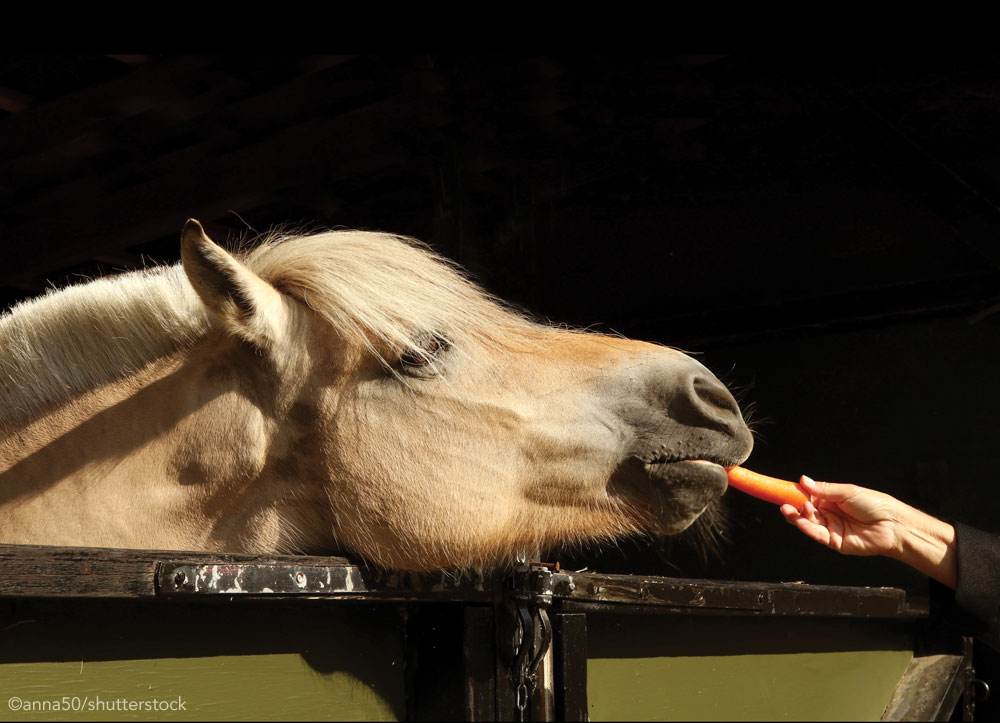
Another common misconception is that hand-feeding treats to horses during training disrupt learning and offer no benefit. However, science disproves this theory and confirms the use of systematically delivered food to accelerate learning, boost cognitive function, enhance memory, and increase retention of information.
Food is an effective motivator because it’s a primary reinforcer—something that your horse naturally likes and wants. It can be used to teach any behavior your horse is willing and able to perform on the ground or under saddle, such as traveling in a relaxed frame, staying focused, accepting clippers, loading onto a trailer or fetching a ball.
Hand-Feeding Treats to Horses: Training
There are two ways food can be used to train: counter-conditioning and positive reinforcement.
Method 1: Counter-Conditioning
Counter-conditioning uses food to change your horse’s response to stressful stimuli. Eating activates the pleasure centers in your horse’s brain, increasing relaxation and evoking feelings of comfort and safety. By offering food when your horse’s fear response is triggered, you can effectively lower his neurologic response and reduce his anxiety.
Imagine you’re introducing your horse to a tarp for the first time. As soon as your horse lays eyes on it, he arches his neck and snorts in terror. Immediately offer him small amounts of his favorite food in rapid succession. That will begin the process of connecting the tarp to the pleasure of eating.
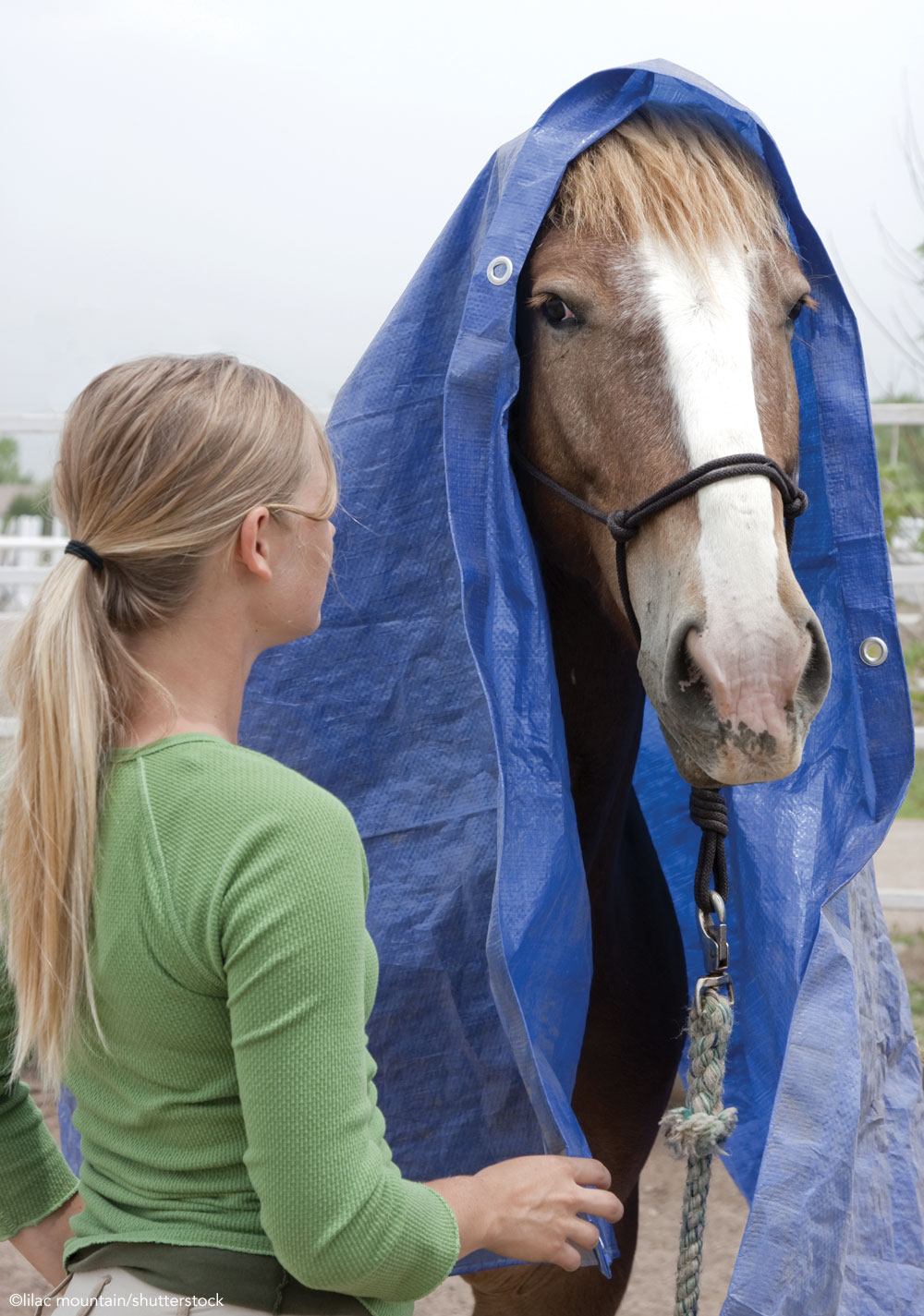
Method 2: Positive Reinforcement (Audible Signal)
Positive reinforcement uses food rewards to increase your horse’s motivation to perform a specific behavior. With an audible signal you will “mark” the behavior at the exact moment it is performed. The signal clearly communicates “well done!” to your horse, and lets him know that he’s earned a treat. Positive reinforcement reduces nuisance behaviors because your horse learns food only comes after he hears the marker.
Be precise in your delivery of the signal; an early or late signal will mark what is occurring before or after the behavior you want to reinforce. If you want to reinforce a hoof lift for cleaning, mark your horse the moment he hands you his hoof. If you wait too long and mark him when he’s pulling his leg away, pulling will be the behavior you’ll reinforce.
The marker signal you use needs to be a unique sound that’s easy for your horse to hear and recognize. Mechanical clickers are a common choice, but they can be impractical when working with horses. Clickers require a degree of dexterity to operate while holding a lead rope, longeline or reins.
A distinctive verbal signal works just as well and lets you work hands-free. Use a short, tonal sound in a higher register than your regular speaking voice: something like “pop,” “yip,” or “boop.”
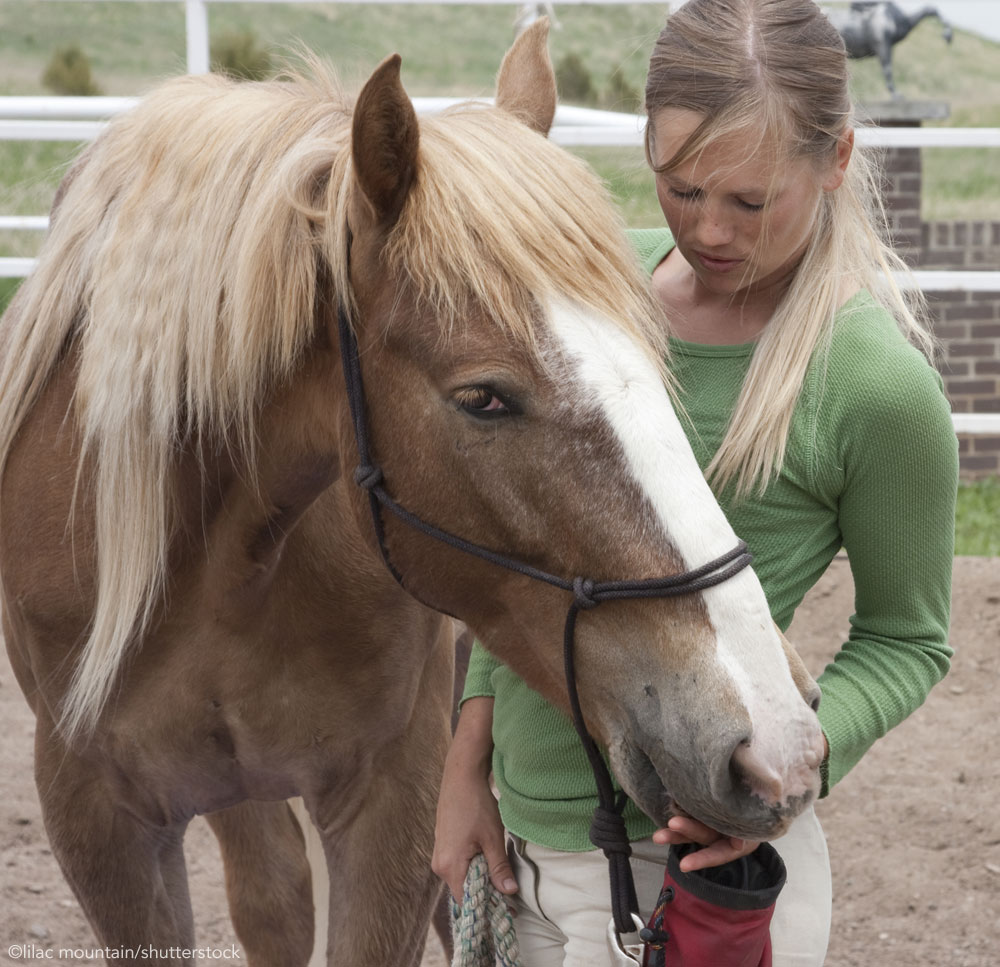
Use Food Rewards Effectively
Carry your food rewards in a fanny pack, apron or treat pouch. What you fill it with is up to you, but it should be easy to handle, appealing to your horse, and something he can eat fairly quickly. Popular choices include grain, carrot pieces or hay pellets.
If you’re working on a particularly challenging task, give your horse the treats he values the most. Conversely, if your horse is overly excited about the reinforcer you’re using, try one that is less stimulating.
The first lesson to teach your horse using food rewards is the most important: He only gets food when his head isn’t near you. It’s best to introduce your horse to this radical idea that he’ll get food when he moves away from it over a safe, secure barrier such as a stall door or non-electric pasture fence.
Stand near your horse quietly in a relaxed stance. Cross your arms or hold them at your side to avoid drawing attention to the treat pouch. Regardless of what your horse does, passively ignore him, calmly stepping just out of his reach if necessary.
At some point, watch for the instant your horse (accidentally or intentionally) moves his head away from you. Regardless of how slight the effort, mark your horse and give him a small handful of treats. Hold the food away from your body and deliver directly to your horse’s mouth in a smooth, relaxed motion. Hold your hand flat and steady so he can easily retrieve the rewards.
Repeat this 10 to 15 times, and then take a break. Do another round on the same side, take another break, and repeat the sequence from the other side.
Once your horse takes food calmly and politely, you and he can move on to new behaviors and enjoy the countless benefits reward-based training has to offer.
Explore More : Tasty Treats For Horses
This article originally appeared in the February 2019 issue of Horse Illustrated magazine. Click here to subscribe!

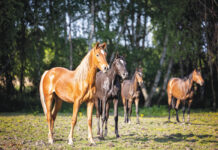
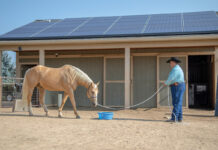
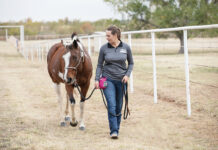
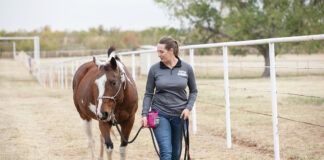

Mine is a perfect gentleman when receiving treats. He gets them everyday! The moment he becomes disrespectful (it only happened once, when my human-pez-dispenser of a daughter was visiting for several months!) he get no treats for a week or so. Right back to normal, gentle behavior. I say it depends on the horse.